American history is full of stories we think we know by heart—but what if some of those stories were more fiction than fact? From grade school classrooms to Hollywood blockbusters, certain “facts” have been passed down without question. But historians have been raising their eyebrows at some of these tales for years. Turns out, a lot of what we thought was true might need a second look.
Whether it’s misconceptions about key figures or popular myths surrounding major events, the reality is often far more complex—and surprising. The truth behind these stories can reshape how we understand our past and challenge the lessons we’ve taken for granted. So, buckle up, because we’re about to set the record straight on a few of those American history myths you’ve probably believed all your life.
Washington, D.C. Was the First Capital
It’s a common misconception that Washington, D.C., was the nation’s inaugural capital. In reality, the first capital was New York City, where George Washington took his first presidential oath in 1789. This historic moment took place long before D.C. was even constructed.

Besides New York, other cities including Philadelphia, Baltimore, Lancaster, Pennsylvania (for just 24 hours), York, Pennsylvania, Princeton, New Jersey, Annapolis, Maryland, and Trenton, New Jersey have also served as the capital at various times. This shifting of capitals reflects the tumultuous and formative years of American governance and highlights the country’s evolving identity in its early years.
Christopher Columbus Discovered America
Though Christopher Columbus is often credited with discovering America, this statement overlooks earlier explorers and the native populations already present. Norse explorer Leif Erikson is acknowledged by scholars as reaching the continent centuries before Columbus.
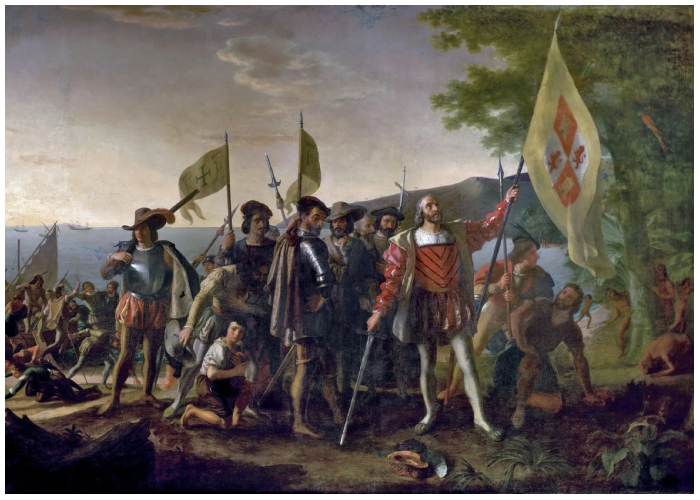
Moreover, Columbus never set foot on what is now the United States; his voyages between 1492 and 1504 only touched parts of the Caribbean and South America. His storied landing in the Bahamas marked the beginning of European exploration in the New World, but not the discovery of the United States. His four voyages opened up European awareness and colonization of the Americas, setting the stage for further exploration and eventual settlement.
The Declaration of Independence Signing Date
While Americans celebrate July 4 as Independence Day, the actual Declaration of Independence wasn’t signed on that date. The Continental Congress declared independence on July 2, 1776, and approved the Declaration’s text on July 4. However, the document itself wasn’t signed until August 2.
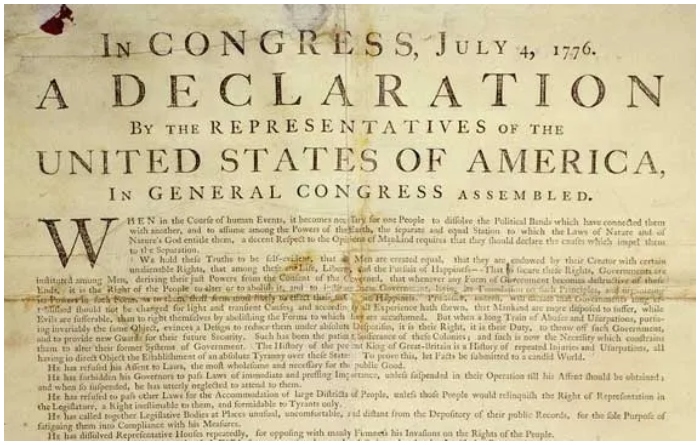
This means the famous July 4 celebration marks the adoption of the text, not the signing—a subtle but significant distinction in American history. The signing was staggered, with some delegates signing at a later date, which means the unified image of the founding fathers signing together does not reflect the true process.
Paul Revere’s Midnight Shout
Contrary to popular reenactments, Paul Revere likely remained silent during his crucial midnight ride in 1775—it was a stealth mission, after all. At the time, the term “British” wasn’t even in common use among the colonists. It’s more plausible that Revere discreetly informed key figures like Samuel Adams and John Hancock by saying “The regulars are coming,“ referring to British soldiers.
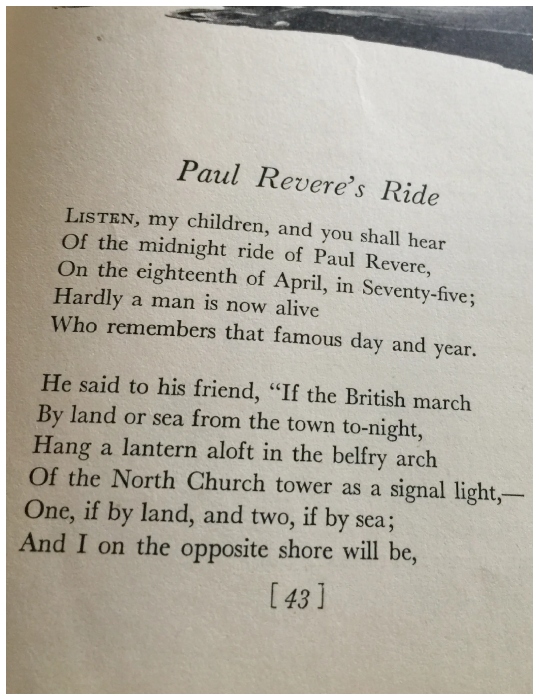
This alert would have been issued quietly to avoid detection and maintain the secrecy necessary for the success of his mission. The idea of Revere shouting to alert the colonies is a dramatic embellishment that serves more to entertain than to recount historical fact.
Pocahontas Fell in Love with John Smith
The romanticized story of Pocahontas and John Smith, as told by Disney, is largely fiction. Pocahontas was only around 11 or 12 years old when she first encountered Smith, and there’s no historical evidence that the two had a romantic relationship. The true story is much more complex and far less magical. Pocahontas was later captured by the English, converted to Christianity, and renamed Rebecca.

At age 17, she married tobacco planter John Rolfe, not John Smith. The couple had a son and even traveled to England. Tragically, Pocahontas died shortly after, at just around 20 or 21 years of age, leaving behind a complicated legacy.
Betsy Ross Created the American Flag
The story of Betsy Ross sewing the first American flag is an enduring American legend, but historians question its validity. Ross was not credited with the creation of the flag during her lifetime. It wasn’t until nearly a century after her death, in 1870, that her grandson, William J. Canby, claimed she made it.

Some historians believe that the real credit belongs to Francis Hopkinson, a member of the Continental Congress. Hopkinson is known to have requested payment for designing the flag, but never received it. The exact creator of the first flag remains a mystery, but Betsy Ross’s story endures in American folklore.
The Wild West Was Violent and Lawless
Contrary to the portrayal in movies and pop culture, the Wild West wasn’t the violent, chaotic region it’s often made out to be. While figures like John Wayne and Butch Cassidy may paint a picture of gun-slinging outlaws and constant showdowns, the truth is much tamer.
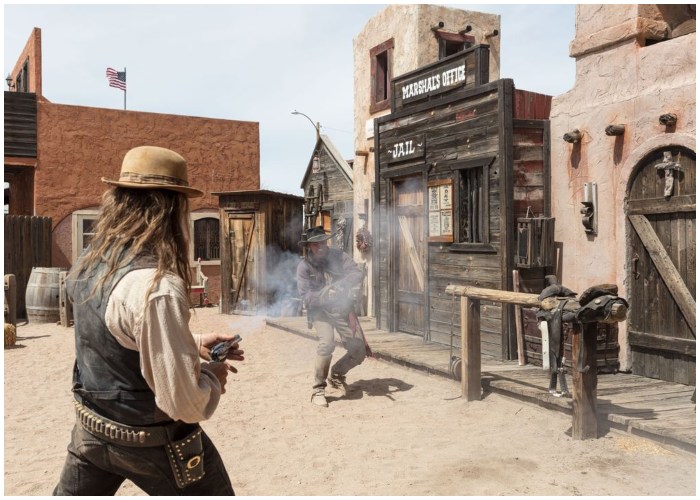
According to historian Peter J. Hill, “The violence of the [Wild] West is largely a myth.” In fact, famous events like the gunfight at the O.K. Corral, one of the era’s most notorious shootouts, only resulted in three deaths. Most towns in the West were peaceful, and the level of violence was far less significant than is often assumed.
The First Thanksgiving Was Peaceful and Joyous
Many people believe that the first Thanksgiving was a harmonious celebration between Pilgrims and Native Americans, but the truth is more complex. While the 1621 feast is often portrayed as a symbol of friendship, historians argue that relations between the two groups were far from idyllic. The Pilgrims viewed the Native Americans as “savages“ and took over their land, leading to significant tensions.
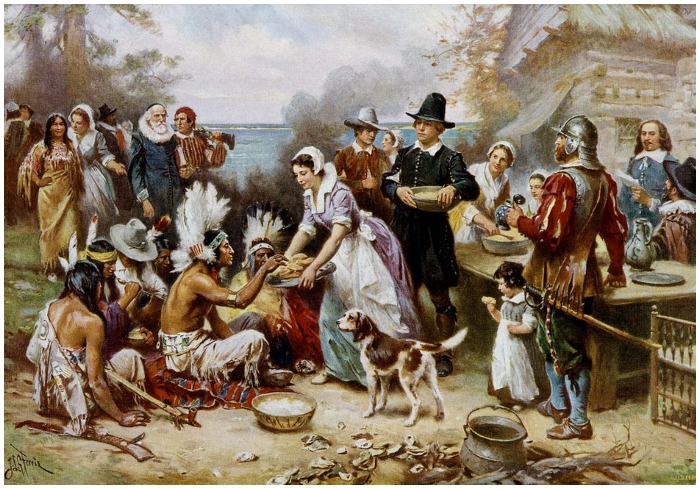
Additionally, European diseases like smallpox wiped out over 90% of the Native population, further straining relations. Some historians even suggest that Native Americans were not formally invited to the feast. The narrative of a peaceful gathering hides the deep-seated hostility and challenges faced by both sides in this early encounter.
True End Date of the Civil War
While many believe the American Civil War ended with General Robert E. Lee’s surrender on April 9, 1865, the official end came later. Lee’s surrender at Appomattox Court House was indeed significant, but it didn’t halt all hostilities immediately. Confederate forces continued to fight in other areas, and it took time for word to spread. On April 26, 1865, Confederate General Joseph E. Johnston surrendered his army, marking another key moment in the war’s winding down.
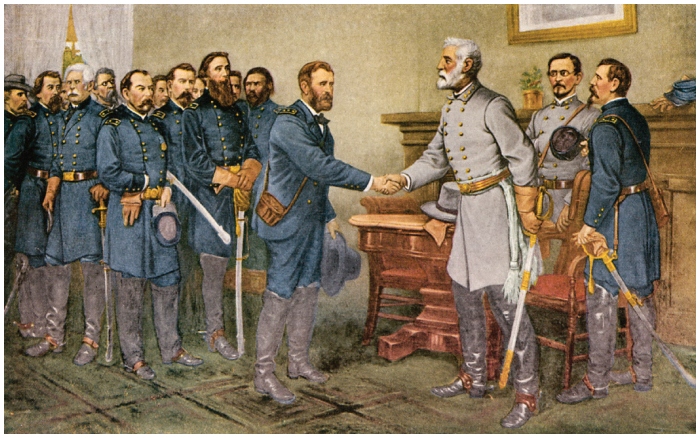
Despite these important events, President Andrew Johnson didn’t formally declare the end of the war until August 20, 1866. The gradual process of surrenders and declarations highlights how complex and drawn-out the war’s conclusion truly was, making the actual end date far less clear-cut than often portrayed.
Lincoln Was Unwaveringly Against Slavery
Abraham Lincoln is often remembered as the president who freed the slaves, but his views on slavery were more complex than the Emancipation Proclamation suggests. While Lincoln abhorred slavery, he also prioritized preserving the Union. In an 1862 letter to a newspaper editor, Lincoln famously stated, “If I could save the Union without freeing any slave I would do it.”
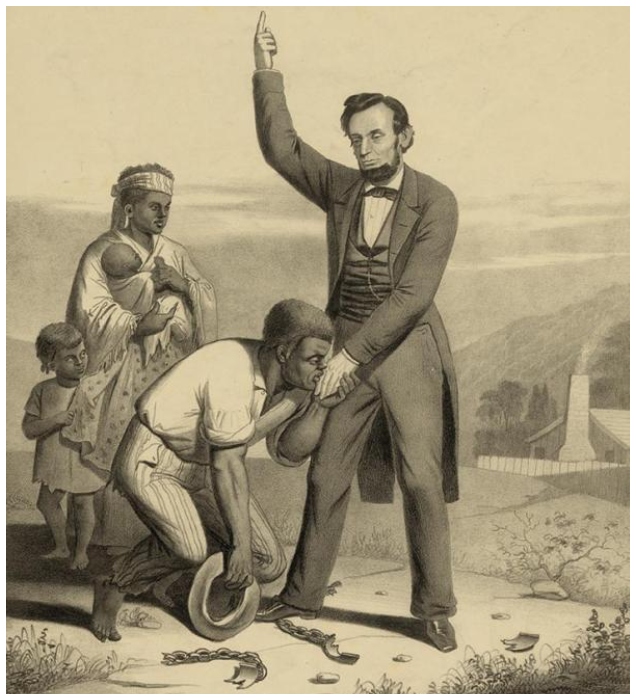
His primary goal was the survival of the United States, and his actions regarding slavery were framed within that context. While he did sign the Emancipation Proclamation and paved the way for the abolition of slavery, Lincoln was open to different approaches if they would help keep the Union intact. His legacy as a liberator is clear, but it’s important to recognize the nuances in his stance during the Civil War.
Statue of Liberty’s Funding
The Statue of Liberty is well-known as a gift from France, but its story includes a financial struggle for New York. France was responsible for the statue itself, but New York had to fundraise to build the pedestal it would stand on. At the time, New Yorkers faced significant challenges raising enough money, and they almost lost the chance to host the statue.
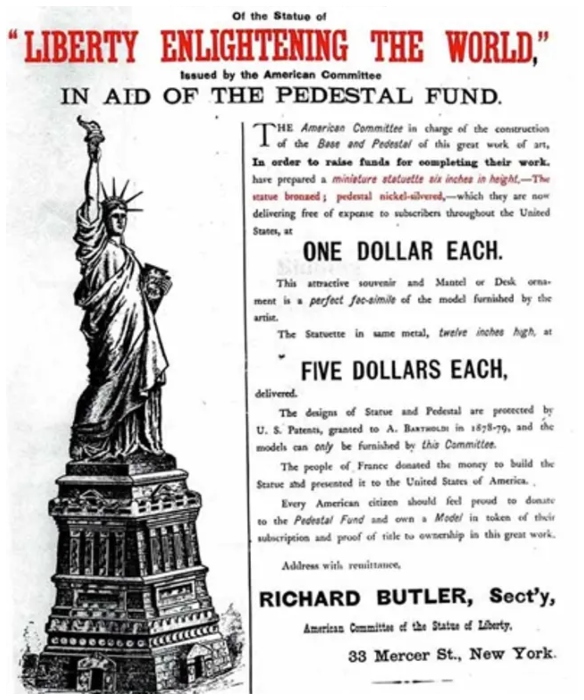
Cities like Boston and Philadelphia, which already had the funds available, tried to claim the honor of housing the statue. It was through a dramatic crowdfunding campaign, led by newspaper publisher Joseph Pulitzer, that New Yorkers finally gathered enough funds to complete the pedestal, allowing the statue to stay in the Big Apple.
America’s Deadliest Battle
The title of America’s deadliest battle does not belong to D-Day, despite its significance in World War II. Instead, that grim distinction goes to the Battle of Antietam, fought on September 17, 1862, during the Civil War. This single day of fighting near Sharpsburg, Maryland, resulted in nearly 23,000 American casualties, making it the bloodiest day in the country’s military history.
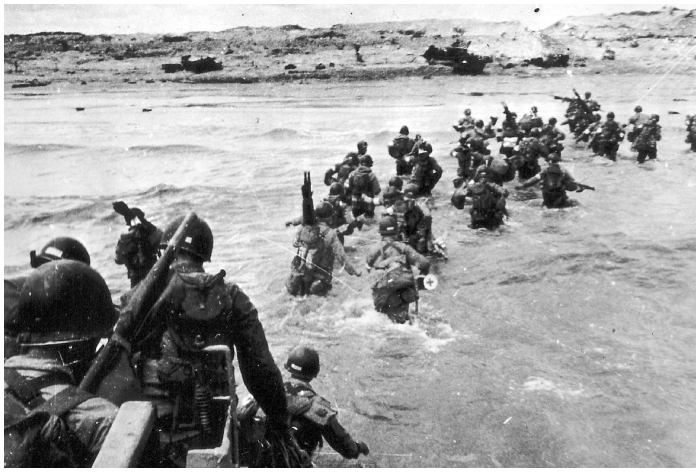
By comparison, the storming of Normandy on D-Day saw over 4,000 Allied deaths. Antietam’s immense loss of life underscores the brutal nature of the Civil War and the high stakes of the conflict, which would reshape the nation.
Slavery Only Existed in the South
A common misconception is that slavery was a practice confined to the southern United States, but slavery existed in every American colony long before the Civil War. In fact, Massachusetts was the first colony to legalize slavery in 1641, and by the early 1700s, slavery was widespread in northern cities like New York, where over 1,600 enslaved people lived in 1720.
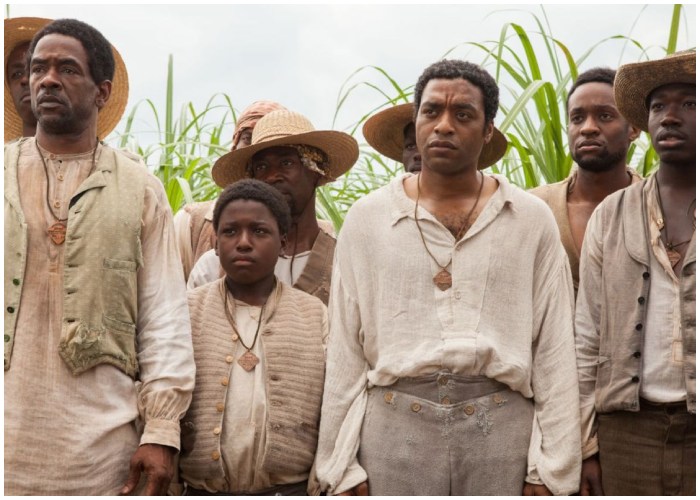
Even founding figures like George Washington and Thomas Jefferson owned enslaved individuals. The association of slavery solely with the South overlooks the historical reality that it was an entrenched institution throughout the original colonies, influencing every region of early America.
The Confederate Flag
While many believe the blue diagonal cross on a red background represents the official flag of the Confederate States of America, it’s actually a misconception. This well-known symbol is a Confederate battle flag, specifically used by the Army of Northern Virginia under General Robert E. Lee. The Confederacy had three different official flags during the Civil War, none of which matched the popular version seen today.
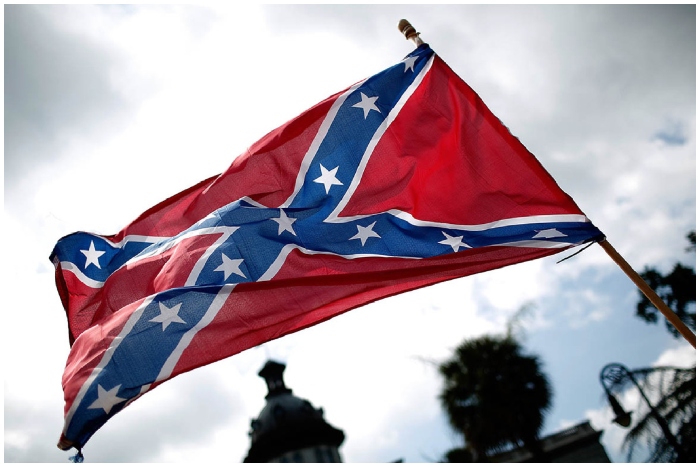
The familiar design was incorporated into one version of the official flag, but only as a small element in the corner. The current use of the Confederate battle flag as a symbol of the Confederacy is a modern misinterpretation of its original purpose.
Pilgrims’ Motivation for Migration
It’s often believed that the Pilgrims came to America seeking religious freedom, but this tells only part of the story. While religious liberty was indeed important to them, they had already achieved some degree of it in Holland before leaving for the New World. The primary motivation for their journey was economic opportunity.
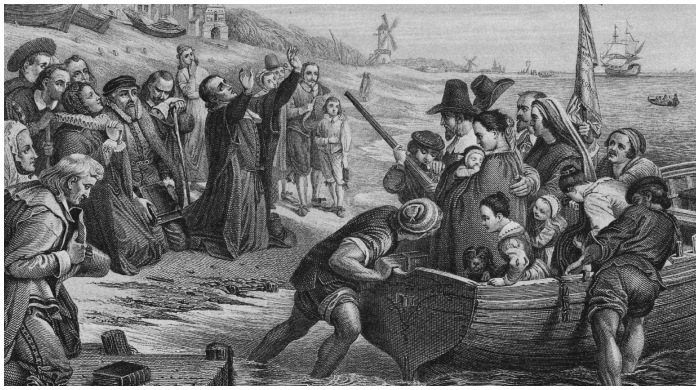
The Pilgrims struggled to find sustainable jobs in Holland, and the economic prospects of a new life in America were more appealing. They hoped to build a self-sufficient community where they could prosper financially and maintain their religious values. Economic reasons, alongside their faith, drove their decision to set sail for America.
Henry Ford Invented the First Car
While Henry Ford is often credited with inventing the first car, the true pioneer of the automobile was Karl Benz. In 1885, Benz developed the first gasoline-powered automobile in Germany, a significant feat that laid the foundation for modern transportation. By 1889, Benz was showcasing his Model 3 vehicle at the Paris World’s Fair, cementing his place in automotive history.
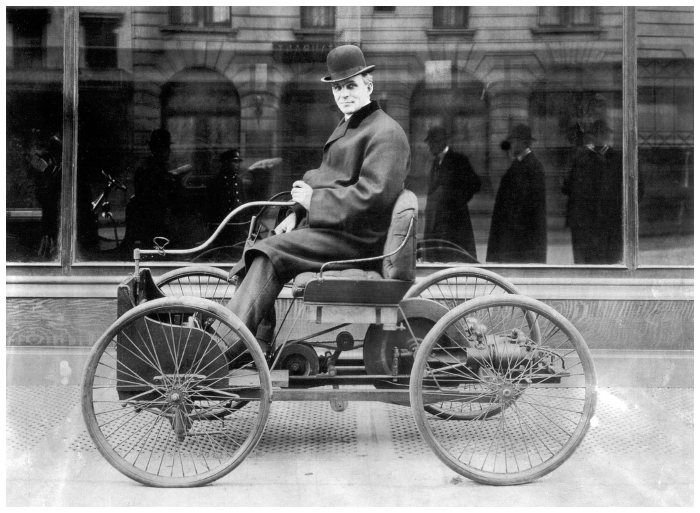
Meanwhile, Ford’s revolutionary Model T wouldn’t come onto the market until 1908, making Benz the true inventor of the first commercial automobile. Ford’s contributions to assembly line production helped make cars affordable, but Benz deserves recognition as the true car inventor.
Chicago’s Nickname Comes from the Weather
Contrary to popular belief, Chicago’s nickname “The Windy City“ doesn’t come from its blustery weather. Although the city can be breezy, it doesn’t even rank among the top 10 windiest cities in the United States. The nickname likely originated due to the long-winded speeches of the city’s 19th-century politicians.
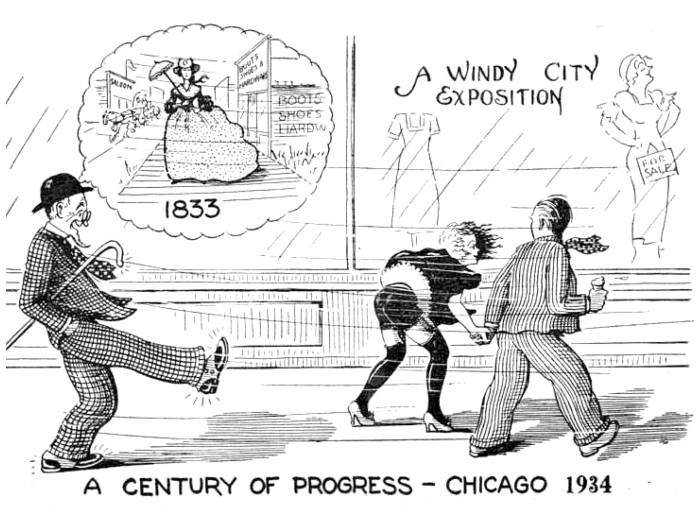
These “windbag“ politicians earned the city its name through their frequent grandstanding and verbose rhetoric. The nickname stuck and became widely used in newspapers during the late 1800s, making it part of Chicago’s identity. So, while Chicago does have strong winds, it’s the political hot air that earned it the title.
Thomas Edison Invented the Light Bulb
Thomas Edison is often credited with inventing the light bulb, but the truth is more complicated. Many believe that either Edison or even Benjamin Franklin was the first to invent this essential technology. In reality, the creation of the light bulb was the result of efforts by many inventors over several decades.
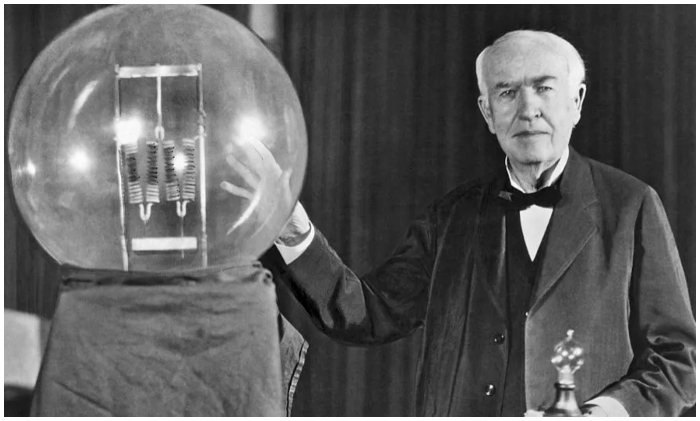
English chemist Humphry Davy first explored using electricity for light in the early 1800s. However, it was Edison who, in 1879, developed the first practical and affordable carbon filament light bulb. By the time Edison improved the light bulb, about 20 other inventors had filed patents, making the invention a group effort rather than a singular achievement.
Salem Witches Were Burned at the Stake
Contrary to popular belief, those convicted during the Salem witch trials were not burned at the stake. While burning was a common execution method in European witch hunts, it wasn’t used in Salem. The unfortunate victims, 19 in total, were hanged on Gallows Hill in 1692.
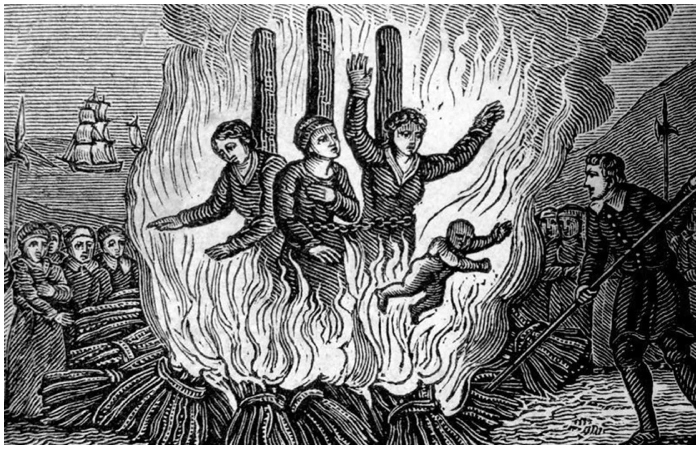
Additionally, one man, Giles Corey, suffered an especially gruesome fate—he was pressed to death with large stones, a punishment meant to force him into confessing. Corey’s death is notable as the only recorded instance of pressing as a form of execution in U.S. history, a tragic moment later dramatized in Arthur Miller’s famous play The Crucible.
True Names of Columbus’ Ships
While one of Christopher Columbus’s ships was indeed called the Santa Maria, commonly misconceived names like the Niña and the Pinta require clarification. The Santa Maria was referred to as La Gallega by the crew, named after its construction in Galicia. The ship known as the Niña was officially the Santa Clara, owned by Juan Niño, hence the nickname.

The third ship, popularly called the Pinta, was a nickname likely derived from the Spanish for ‘the painted one‘ or ‘prostitute,‘ and its actual name remains unknown. These names have taken hold in popular culture, overshadowing the historical inaccuracies and the mystery surrounding the true names of these legendary ships.
Origin of the Great Chicago Fire
The story of a cow kicking over a lantern to start the Great Chicago Fire is a colorful but false tale. Initially blamed on Catherine O’Leary’s cow, this rumor was widely circulated by newspapers despite lacking evidence. Investigations and historical reviews, including a 1997 exoneration by the Chicago City Council, suggest that the real cause remains unknown.
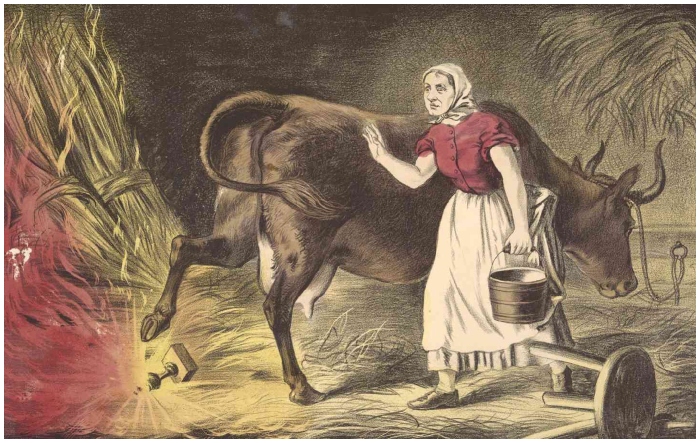
Speculations include accidental causes linked to human activities, such as gambling or theft, and even wild theories like a meteorite causing the blaze. The myth of the cow remains a vivid example of how sensational stories can overshadow factual historical events.
Liberty Bell’s Crack Myth
The iconic crack in the Liberty Bell was not caused by celebratory ringing, as often dramatized. The bell was flawed from the start, suffering from poor craftsmanship when first cast. It underwent multiple repairs due to repeated cracking, with the final, irreparable crack appearing in the 19th century.
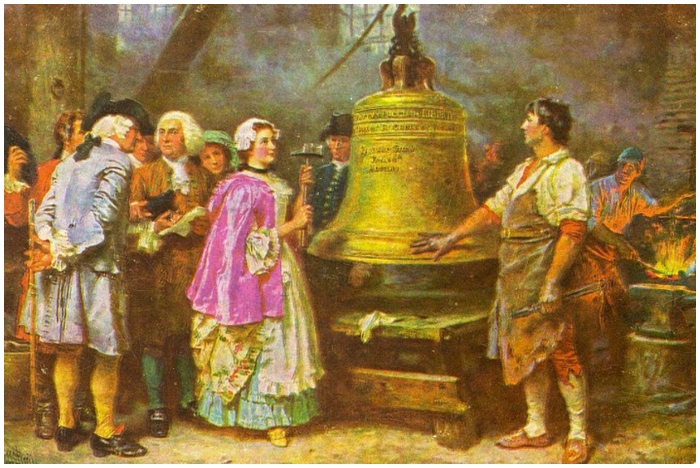
The exact timing of this last crack remains a point of historical ambiguity, emphasizing the bell’s troubled structural integrity rather than a patriotic moment gone awry. This narrative of patriotic fervor leading to the crack is more folklore than fact, reflecting a misinterpretation of the bell’s historical challenges.
The Revolutionary War Ended in 1781
Although General Charles Cornwallis surrendered at Yorktown in October 1781, marking a significant turning point, the Revolutionary War didn’t officially end until years later. Full-scale combat effectively ceased after the surrender, but fighting continued in some areas.
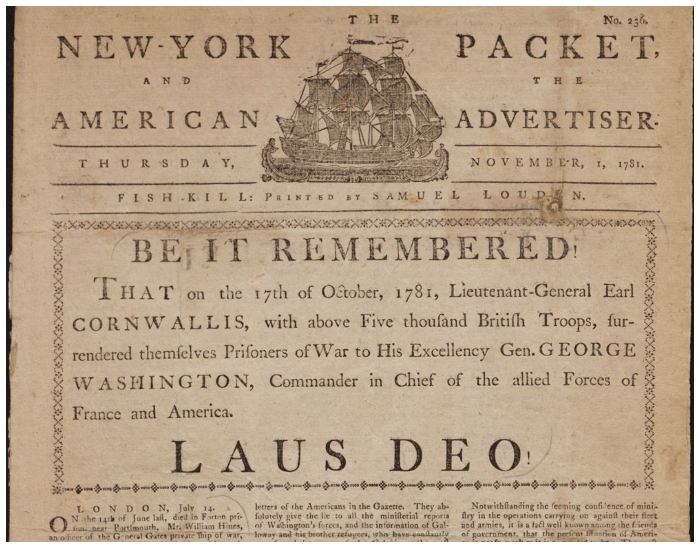
In November 1782, British and American representatives signed preliminary peace agreements in Paris, but it wasn’t until September 3, 1783, that the Treaty of Paris was signed, formally ending the war. This treaty recognized American independence and brought an official conclusion to the conflict, which had lasted more than eight years.
Abner Doubleday Invented Baseball
The widely accepted story that Abner Doubleday invented baseball in 1839 is, unfortunately, more myth than fact. According to historians and the Society for American Baseball Research, there’s no concrete evidence linking Doubleday to the creation of baseball. In fact, his obituary even noted that he wasn’t particularly interested in outdoor sports.
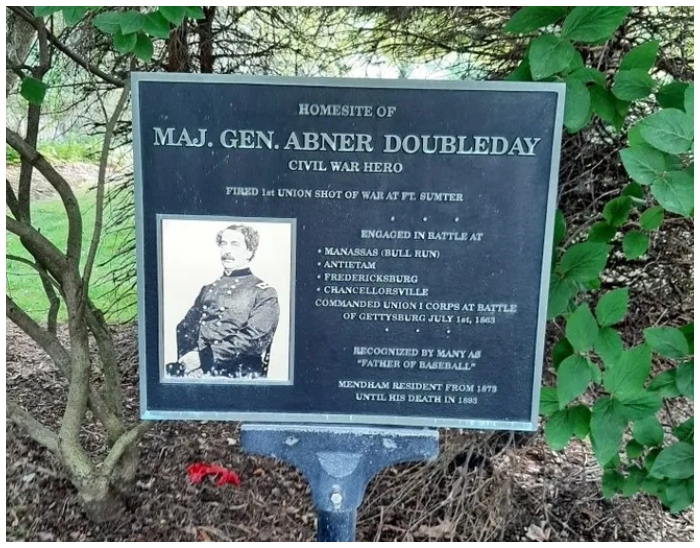
The true inventor of baseball is hard to pinpoint, but many credit Alexander Joy Cartwright, Jr. In 1845, Cartwright founded the New York Knickerbockers Baseball Club and helped develop some of the rules that shaped the modern game. He was later recognized as the “Father of Modern Baseball“ by the Baseball Hall of Fame.
George Washington Was the First President
While George Washington was indeed the first elected president under the U.S. Constitution, he wasn’t technically the first person to hold the title of “president.“ Before Washington, there were over a dozen presidents of the Continental Congress. Peyton Randolph served as the first president of the Continental Congress in 1775, even before the United States formally existed as an independent nation.
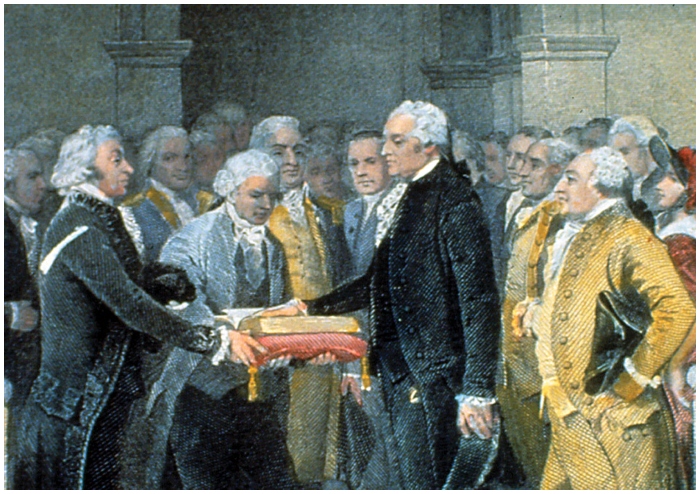
Other leaders, like John Hancock, also held this title before Washington’s election in 1789. Randolph and his successors managed the Continental Congress during the Revolutionary War, paving the way for the establishment of the modern presidency.
Poland’s Invasion Pulled the U.S. Into WWII
Many believe the United States entered World War II because of Germany’s invasion of Poland in 1939, but the real catalyst was Japan’s attack on Pearl Harbor. On December 7, 1941, Japanese forces launched a surprise assault on the U.S. naval base in Hawaii, killing 2,403 Americans and damaging or destroying 19 ships.

The attack shocked the nation and led to the United States declaring war on Japan the following day, officially drawing the country into the conflict. While Germany’s actions in Europe were concerning, it was Japan’s aggression that directly entangled the U.S. in the war.
George Washington’s Birthday
While Americans celebrate George Washington’s birthday on February 22, 1732, the actual date is a bit more complicated. Washington was born on February 11, 1731, according to the Julian calendar, which was in use at the time.
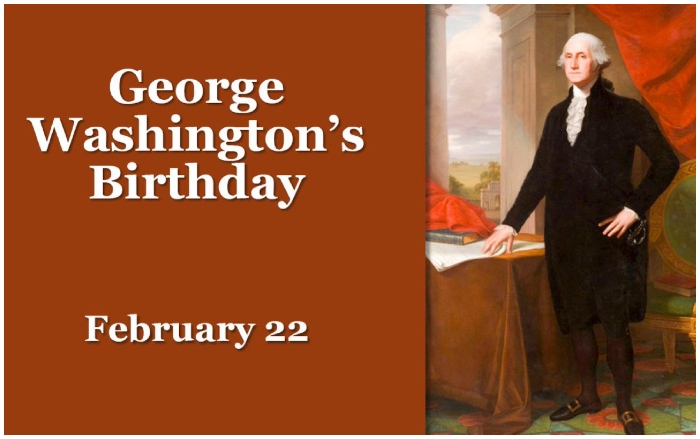
However, when Britain and its colonies adopted the Gregorian calendar in 1752, dates were shifted, making Washington’s new birthday February 22, 1732. This calendar change moved the dates forward by 11 days and even adjusted the year of his birth, creating a dual timeline of Washington’s birthdate depending on which calendar is used.
George Washington Had Wooden Teeth
The enduring myth that George Washington had wooden teeth is entirely false, though Washington did suffer from severe dental issues throughout his life. His dentures were actually made from a combination of materials, including ivory, gold, and lead—wood was never part of the equation.
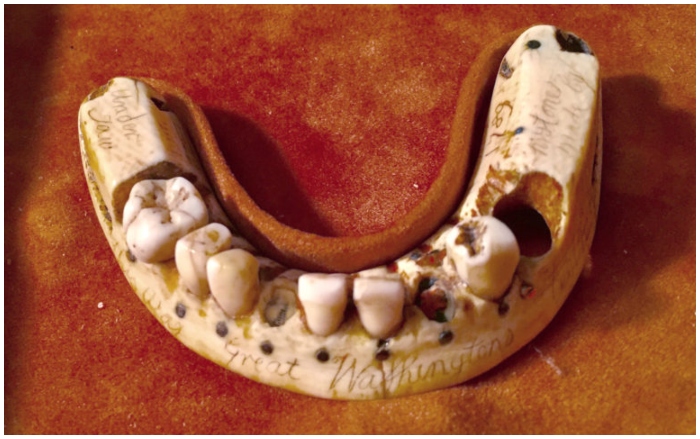
Historians speculate that the rumor may have arisen from the worn-down appearance of the ivory, which might have taken on a grainy, wooden look over time. While Washington’s dental troubles were significant, with him wearing dentures for most of his presidency, the wooden teeth story is nothing more than a longstanding myth.
Benjamin Franklin Discovered Electricity
A common misconception is that Benjamin Franklin “discovered“ electricity by flying a kite in a thunderstorm. While Franklin did conduct experiments with electricity, particularly his famous kite experiment in 1752, he didn’t actually discover electricity. In fact, electricity had been known for thousands of years prior, dating back to the ancient Greeks, who observed static electricity.
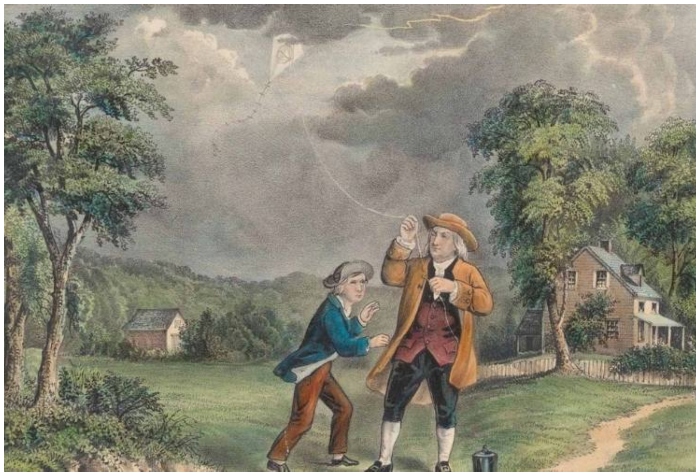
Franklin’s kite experiment demonstrated the connection between lightning and electricity, proving that lightning was a form of electrical energy. However, he didn’t “invent“ or “discover“ electricity, but rather advanced the understanding of its properties.
The Pilgrims landed on Plymouth Rock
The story of the Pilgrims landing on Plymouth Rock has been passed down through generations but rests on shaky grounds. This narrative originated from an account over a century later, claiming that a 95-year-old man heard it from his father, who arrived three years post-Mayflower. Notably, William Bradford, who chronicled the Pilgrim’s journey, never mentioned Plymouth Rock in his writings, casting further doubt on this traditional story. The real landing spot of the Pilgrims remains a subject of historical speculation and myth.
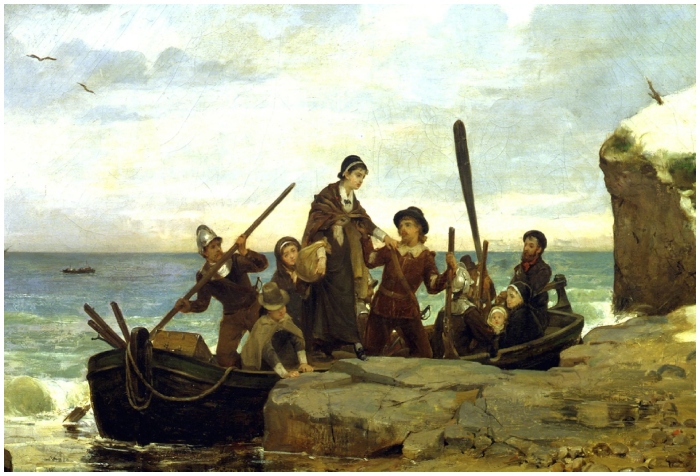
The enduring myth of Plymouth Rock stands as a testament to how folklore can often overshadow factual history in the collective memory of a nation.n heard it from his father, who arrived three years post-Mayflower. Notably, William Bradford, who chronicled the Pilgrim’s journey, never mentioned Plymouth Rock in his writings, casting further doubt on this traditional story. The real landing spot of the Pilgrims remains a subject of historical speculation and myth.